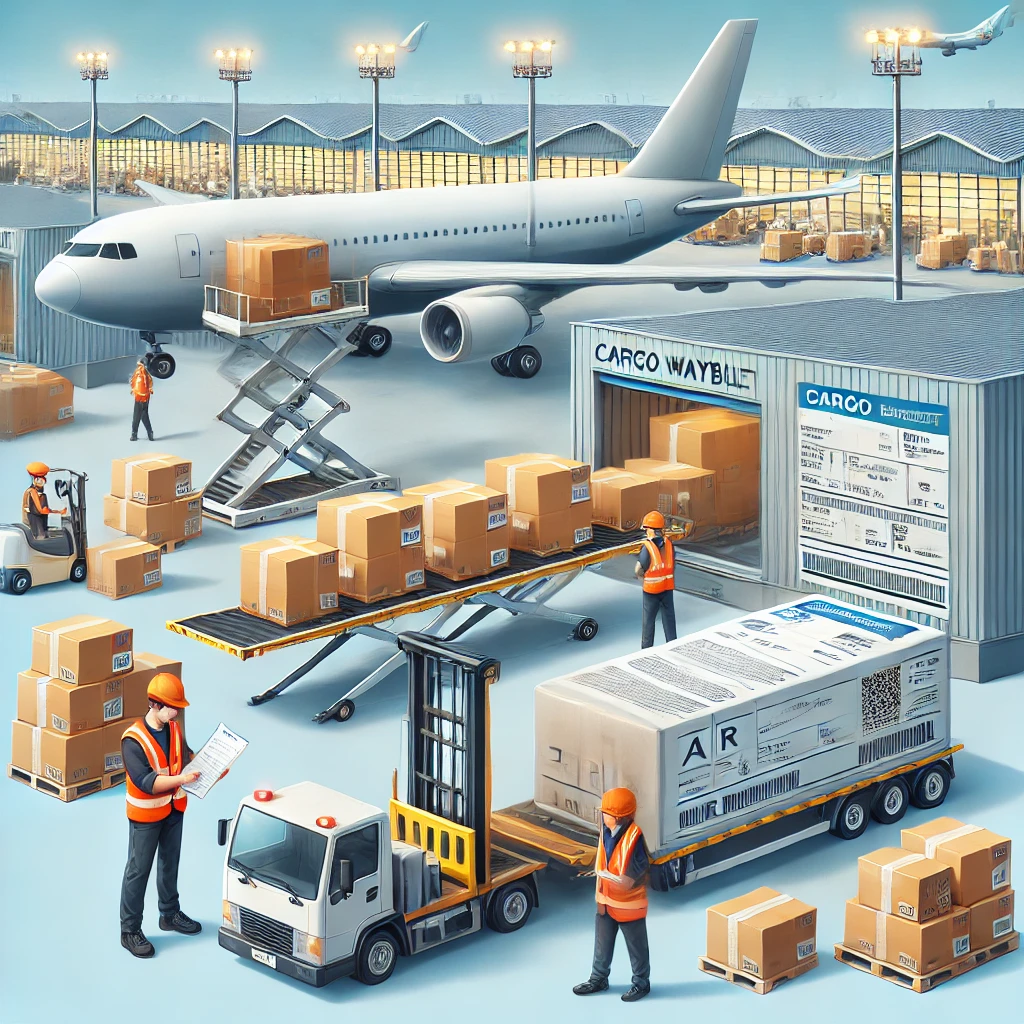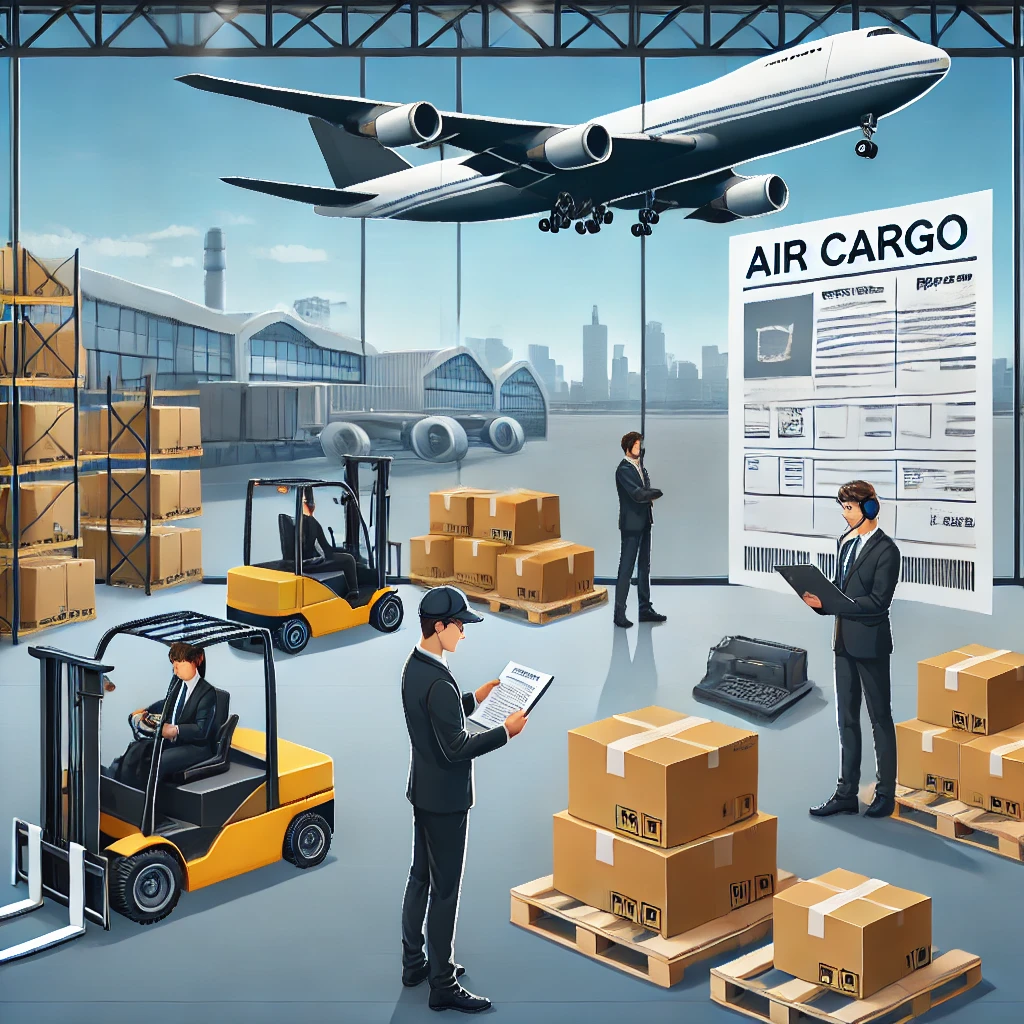Demystifying Air Waybill for Professionals

What is an Air Waybill?
An air waybill (AWB) is a legally binding document issued by an airline or its authorized agent to confirm the receipt of cargo for air transportation. Unlike a Bill of Lading used in ocean freight, an AWB is a non-negotiable document, meaning it does not transfer ownership of the goods.
Key Features of an Air Waybill
- Unique AWB Number: Each AWB has a unique 11-digit number that helps track shipments.
- Non-Negotiable Document: Unlike ocean Bills of Lading, an AWB cannot be used as a document of title.
- Standardized Format: Governed by the International Air Transport Association (IATA), ensuring consistency worldwide.
- Contract of Carriage: Specifies the terms and conditions agreed upon by the shipper and airline.
- Proof of Receipt: Confirms that the airline has received the shipment and agrees to transport it.

Components of an Air Waybill
- Shipper and Consignee Information: Includes names and addresses of both parties.
- Airline Information: Details the carrier responsible for the transport.
- Description of Goods: Specifies the type, weight, dimensions, and quantity of the shipment.
- Freight Charges: Indicates whether the charges are prepaid or collected at the destination.
- Origin and Destination Airport Codes: Identifies where the shipment starts and ends.
- Handling Instructions: Special instructions regarding fragile or hazardous goods.
- Signature and Date: Confirms agreement between the shipper and the airline.
Practical Uses of an Air Waybill
- Facilitating Air Cargo Transport: Acts as the primary document for moving goods via air freight.
- Tracking Shipments: The AWB number allows shippers and consignees to monitor cargo status in real-time.
- Customs Clearance: Used by customs authorities to verify cargo details and process import/export documentation.
- Proof of Delivery: Serves as an acknowledgment that the shipment was received by the consignee.
- Insurance Claims: Essential for resolving claims in case of damage or loss during transit.

Importance of an Air Waybill for Businesses
- Ensures Smooth Logistics Operations: Provides clarity and accountability between shippers, carriers, and consignees.
- Enhances Supply Chain Visibility: Real-time tracking improves shipment transparency.
- Compliance with International Regulations: Meets IATA and customs requirements for air freight transport.
- Reduces Disputes: Clearly outlines shipping terms, minimizing misunderstandings between parties.
Types of Air Waybills
- Master Air Waybill (MAWB): Issued by the airline to the freight forwarder for consolidated shipments.
- House Air Waybill (HAWB): Issued by the freight forwarder to the shipper for individual consignments.
- Neutral Air Waybill: A generic AWB form used when a specific airline’s AWB is not available.

Challenges in Using Air Waybills
- Documentation Errors: Incorrect or missing information can lead to delays and penalties.
- Limited Legal Authority: Since AWBs are non-negotiable, they cannot serve as proof of ownership like ocean Bills of Lading.
- High Costs: Air freight is more expensive than other shipping methods, making accurate documentation crucial for cost control.
Best Practices for Managing Air Waybills
- Ensure Accuracy: Double-check shipper, consignee, and cargo details before issuing an AWB.
- Use Digital Solutions: Many airlines and freight forwarders offer electronic AWBs (e-AWB) for faster processing and reduced paperwork.
- Keep Copies for Reference: Maintain digital and physical copies of AWBs for record-keeping and dispute resolution.
- Stay Updated with Regulations: Compliance with IATA and customs requirements is critical for smooth cargo handling.
Conclusion
The air waybill (AWB) is a fundamental document in air cargo transportation, ensuring efficient logistics operations and regulatory compliance. By understanding its structure, uses, and best practices, professionals and businesses can enhance their supply chain efficiency, improve shipment tracking, and avoid logistical complications. Whether dealing with domestic or international air freight, mastering the AWB process is essential for smooth and reliable cargo movement.
